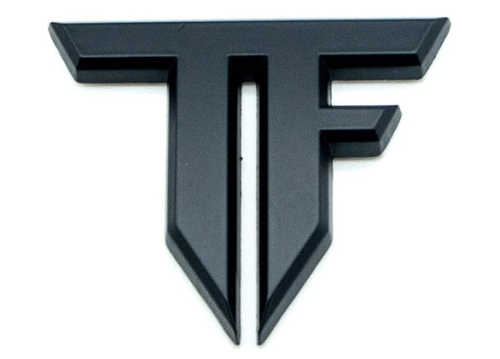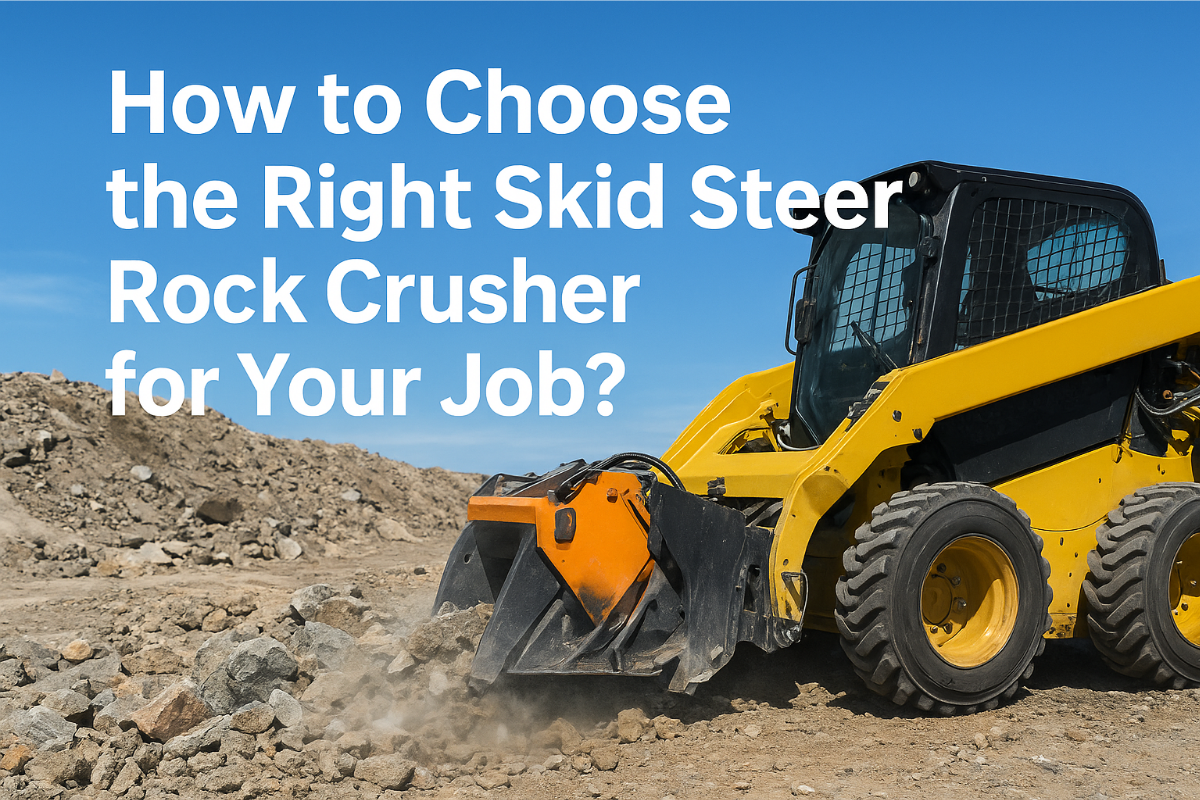How to Choose the Right Skid Steer Rock Crusher for Your Job?
overview
Selecting the right skid steer rock crusher is an important choice for businesses. The correct crusher attachment will save time, keep costs down, and increase production rate. To further complicate the decision, there are many different ways to make a selection. Different types of crushers, rock cutters, drum cutters, and other attachments can be used with any combination of these. This guide provides an overview for buyers to learn about important elements and to help make a purchase that fits the needs of their specific job.
Understand Your Job Requirements and Material Types
Before looking closely at the equipment specs, you should look closely at the work and materials you intend to process. Here are certain key considerations:
- Hardness and Type of Material: Different crushers and rock cutters are made to process either concrete, natural rock, asphalt, brick or composite demolition debris. Rockcrusher attachments can process natural rock, reinforced concrete, brick, glass, tile, and asphalt with lower wear and high efficiency.
- Expected Volumes and Throughput: Before reviewing equipment, an estimate of the surface area or volume of material intended to be crushed daily should be made. For higher-volume projects, a larger load capacity and flow rate are beneficial to keep the amount of crushed material at a reasonable production level.
- Site Conditions: Tight urban sites or confined spaces necessitate compact, maneuverable attachments like skid steer rock crusher or axial drum cutters. Open sites may allow for larger, heavy-duty equipment.
- Final Product Specifications: The size and shape of the crushed output should be considered. The unique Quattro Movement technology in rockcrusher attachments produces cubical outputs that are appropriate for backfill or resale.
Match Crusher Specifications with Skid Steer and Project Needs
When selecting a rock crusher that best integrates with your skid steer rock crusher, as well as your project, it is important for your operation that you select the right unit. Look for:
- Excavator/Skid Steer Class Compatibility: Make sure the recommended carrier size of the crusher is adequate for the operating weight and hydraulic flow of your skid steer. For instance, Rockcrusher has models that cater to different classes of excavators.
- Hydraulic Flow and Hydrostatic Pressure: Ensure that your skid steer rock crusher has a hydraulic pump capable of sufficient flow and pressure rates to operate the unit in a tented manner.
- Inlet and Load Volume Size: Larger inlet openings and load volumes will provide for throughput volume. You’ll want to size both the inlet and throughput volume for your project to keep the flow orderly and limit fits and jams.
- Durability & Wear Parts: Finally, if you’d like to reduce downtime and maximize the service life of your unit, find crushers that have reinforced parts, or offer the option of reinforced parts, heavy-duty jaws, and replacement wear parts that are easy to swap out.
Evaluate Additional Attachments and Rock Cutter Integration
Rock cutters, including rockwheels and rock grinders, help prepare material and cut with a more precise cut in conjunction with skid steer rock crushing. Benefits of integration include:
- Versatile Cost-Effective Performance: Rockwheels can be used for applications such as rock excavation, trenching, mine joint scaling, and concrete milling. The low noise and low vibration characteristics of rockwheels mean they can be applied in sensitive urban environments or underwater.
- Accuracy & Control: Cutters’ improved cutting profile allows for high-precision cutting, reduces over-breaking and preserves neighbouring structures, which can be extremely important for complicated projects.
- Material Management: Rock grinders can help reduce site debris and allow for recycling concrete on-site back to base material, and reduce disposal costs.
Choosing attachments that work well with skid steer rock crusher systems promotes the efficiency of the site and allows for expansion in the operational capacity.
Consider Operational Efficiency and Maintenance Requirements
The best skid steer rock crusher will help ensure that your project stays on course with the least downtime and maintenance. Some operational considerations include:
- Attachment Ease: Quick and easy attachment and coupling systems will significantly reduce setup time between projects.
- Maintenance Ease: Rock crushers with areas that are easy to access during maintenance, such as cheek plates and easily replaceable jaw inserts, will save you time and money with regular maintenance service.
- Built-in Features: Reverse functions rapidly help egress material from the crushing chamber so you can keep crushing without stopping.
- Low Noise and Vibration Levels: Low noise and vibration level equipment can promote local requirements and conditions for workers.
Conclusion
Selecting the correct skid steer rock crusher is critical to the success of your project. Rockzone Americas has a full range of rock crushers, rock cutters, and rock grinders that have been engineered for maximum performance, durability, and versatility at any job site. With professionalism and industry-leading engineering, they guarantee that you will receive the best attachment to complement your skid steer and job-specific requirements.
Elevate your crushing and cutting efficiency—contact Rockzone Americas today for expert guidance and a customized equipment solution







